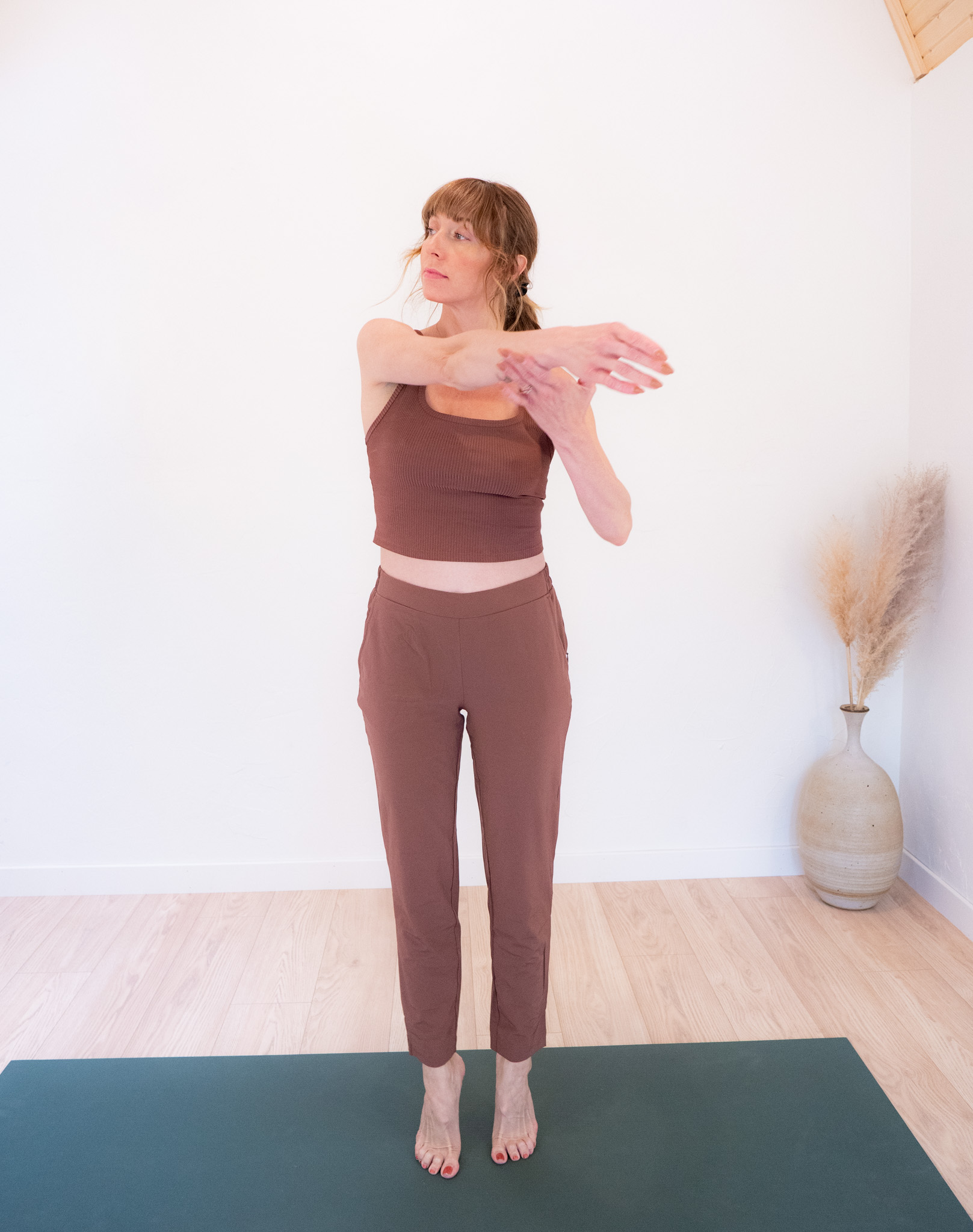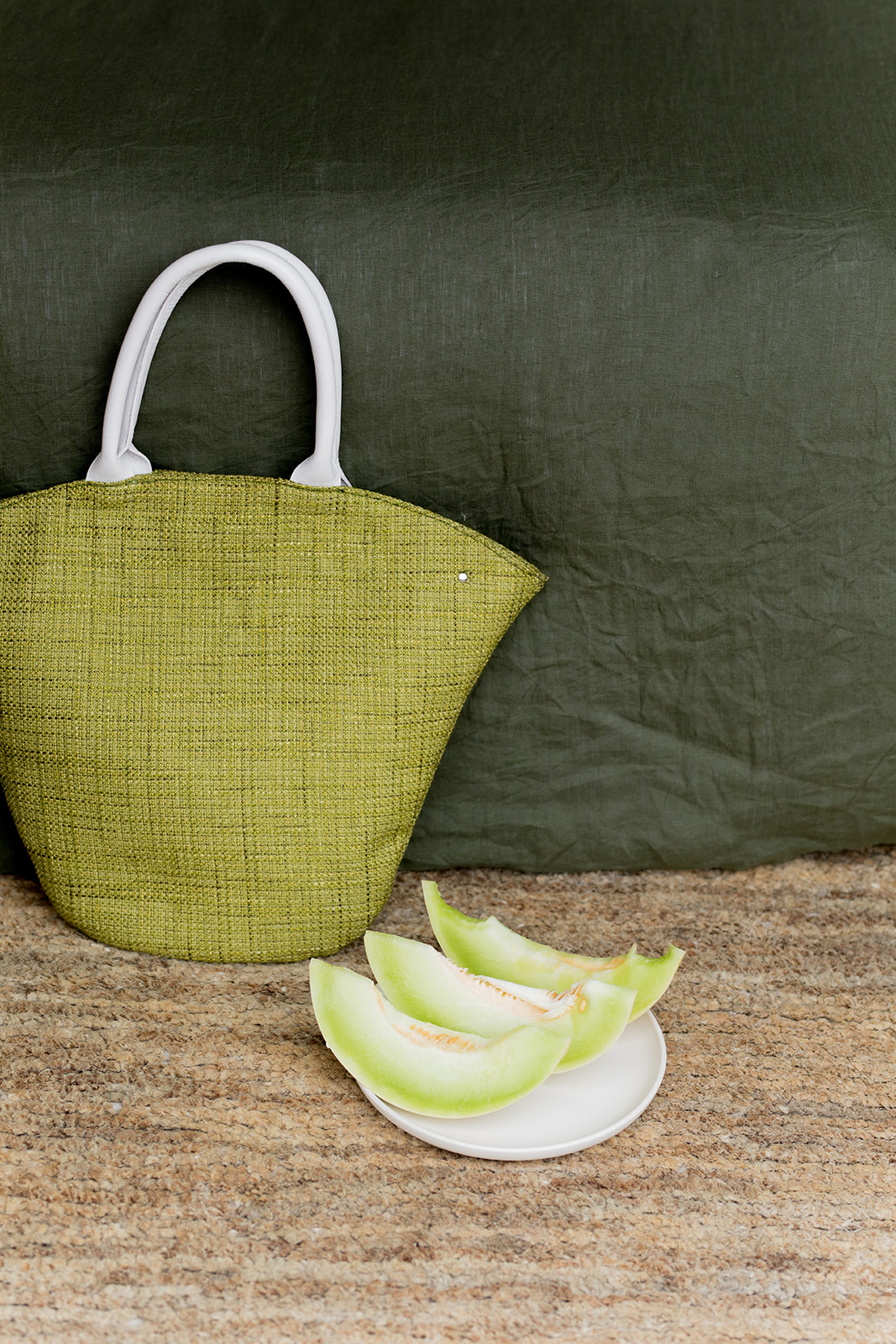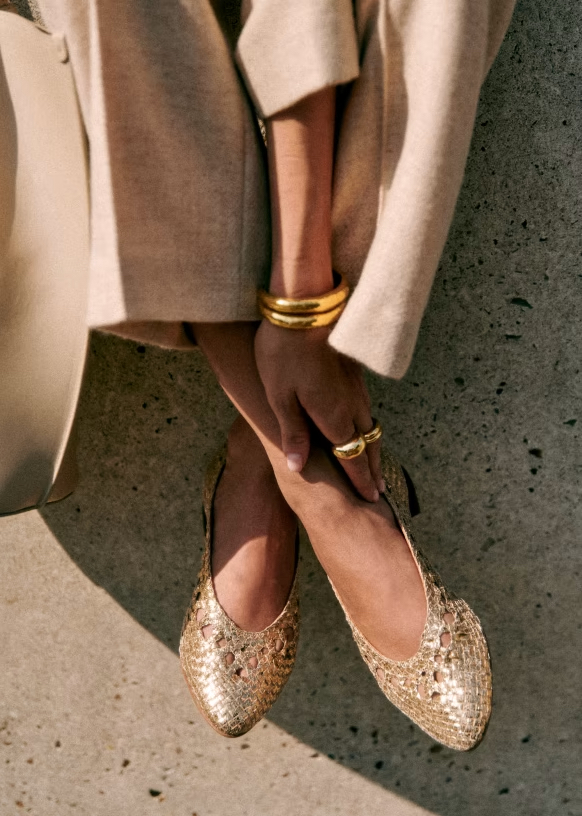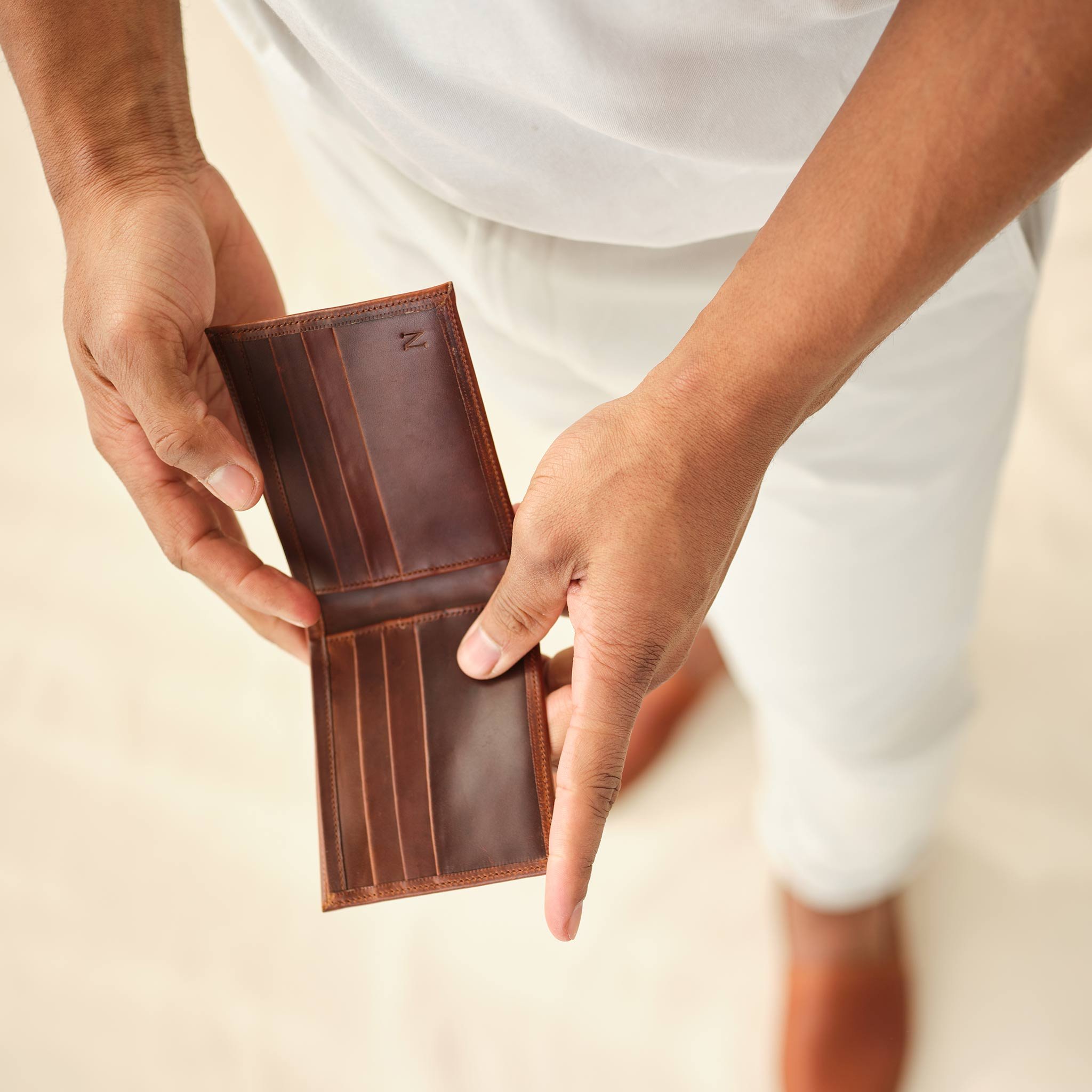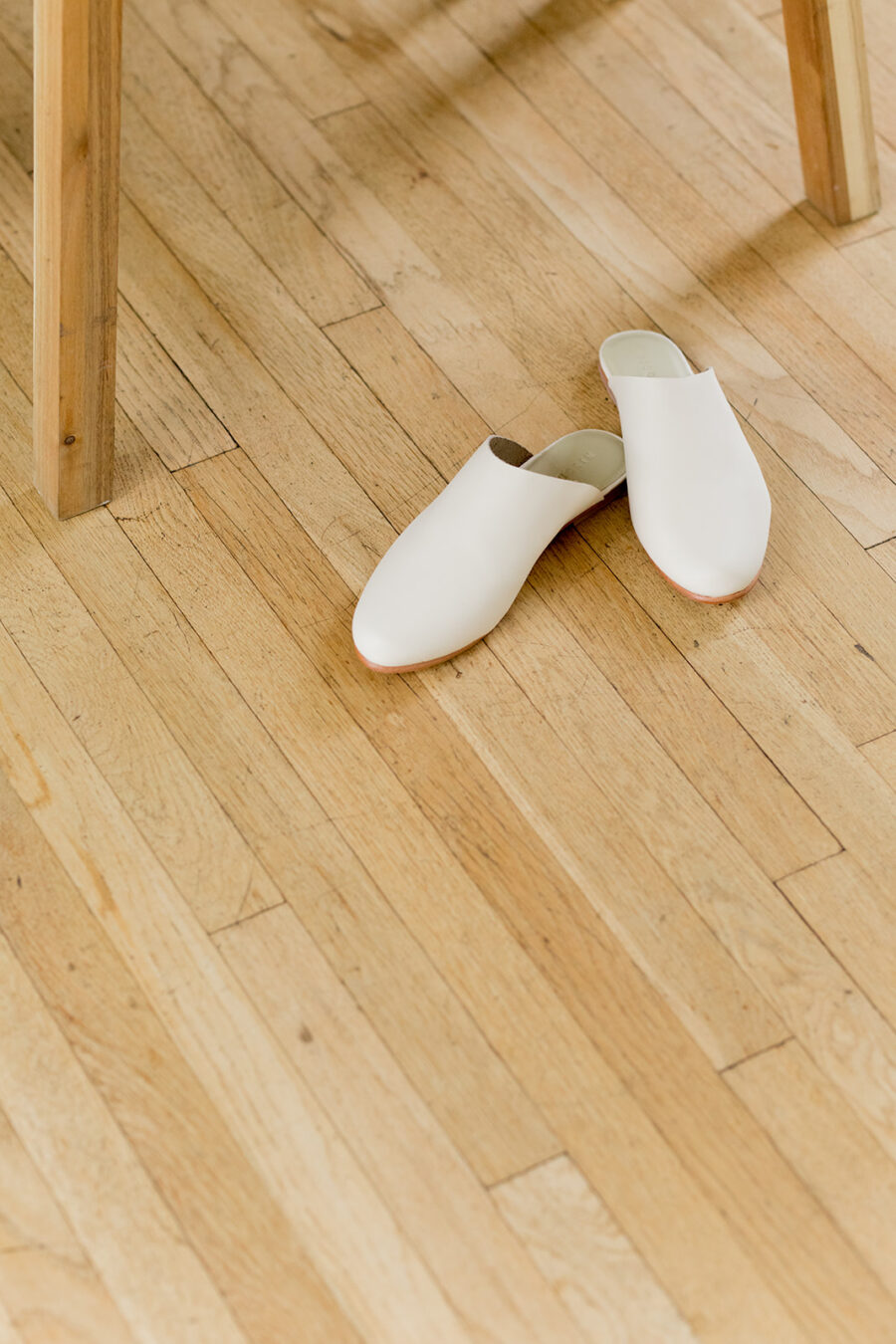
How To Break In Leather Shoes
My first pair of leather shoes, all-black Doc Martens I saved up for and bought in college, rubbed blisters on my heels so badly I almost regretted the purchase. Living, working, and studying in the city, I needed shoes that could stand some pavement pounding. Docs, with their water-resistant, high-quality leather makeup, fit the bill—but at the time, I didn’t know how to break in leather shoes.
After weeks of carrying around Band-Aids and wearing thick socks, my Docs finally became the durable, pliable boots I still love today. Leather shoes are a fantastic sustainable option, lasting a long time with proper care, so you won’t have to repurchase every few years. While some vegan leather alternatives are fantastic, natural leather is still my shoe material of choice for its durability, flexibility, and comfort after it’s broken in.
“Leather shoes are a fantastic sustainable option, lasting a long time with proper care.”
Leather shoes, whether sandals or flats, typically take three or four weeks of regular wear to break in thoroughly. While you can’t speedrun the process, you’ll find a few tips to help you accelerate it (and avoid the worst of the blistering). Most of it boils down to “just wear them,” but we also have a few tricks up our sleeve.
Make sure you’re buying shoes in the correct size—they should feel snug since they’ll stretch out, but they shouldn’t feel uncomfortable or painful. It’s worth exchanging shoe sizes if needed, ensuring they break in correctly. Some of our favorite ethical brands for leather shoes include Nisolo, Beek, Reformation, Cariuma, and Koio.
The best part about breaking in leather? Leather’s pliability means the shoes will become some of the comfiest in your closet once you’ve worn them for a while—so trust us, it’s all worth it.
Products To Help You Break In Leather Shoes
1. Leather Balm
With any leather product, you should use a leather balm regularly (every few weeks or months, depending on use) to keep the material healthy, supple, and protected. This conditioning balm from Beek, made of beeswax and other naturally occurring oils, conditions and softens the leather, which is especially vital as you break it in. Saddle soap also conditions leather while cleaning it.
2. Shoe Stretcher Spray
Shoe stretcher spray is a type of leather conditioner specially designed for tight shoes, helping you break them in more easily to reach a comfortable fit.
Methods For Breaking In Leather Shoes
1. Wear them around the house.
Don’t wear your shoes publicly for long periods while breaking them in (my mistake). Instead, start by wearing them around the house while cleaning or doing chores for a few hours. This way, if you start to blister or feel uncomfortable, you can remove them — with minimal damage to your feet.
2. Wear them with thick socks.
Or with layered socks! The added fabric will cushion your feet from blisters and discomfort while slowly stretching out the shoes, meaning they’ll feel more comfortable when wearing them sans socks. And it’s not a bad idea to carry Band-Aids in your purse during the first few weeks, either—sometimes you need socks plus Band-Aids to protect from blisters.
3. Gently work the material in uncomfortable spots.
After you’ve worn your shoes around the house or on a quick errand, while they’re still warm, massage the leather on any particularly uncomfortable spots, like the toe or heel, to encourage flexibility in those areas.
4. Use a blow dryer.
Since heat helps the shoes become more pliable, you can go in with your hair dryer, but carefully! Condition your shoes with a bit of leather balm so the blow dryer won’t dry them out, and only use it for around five minutes—just enough to heat up any uncomfortable areas and gently massage, bend, or twist the leather to loosen it up.
5. Be patient.
Only time and use will get your brand-new leather shoes to a comfortably broken-in state. To protect your feet, don’t wear them on long journeys out of the house for the first few weeks or until they’re fully broken in. Make sure to take good care of them, conditioning them every couple of months, storing them carefully, and avoiding excess water. Once they’re fully stretched out, you should get many, many years out of this practical, sustainable, comfy material.
Natalie Gale is a Boston-based freelance journalist. When she’s not writing about art, food, or sustainability, you can find her biking to the farmers’ market, baking, sewing, or planning her next Halloween costume. Say hi on Instagram!

